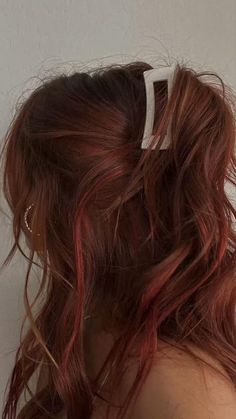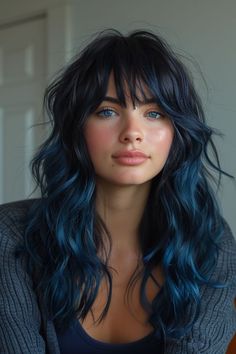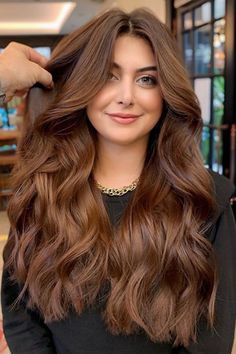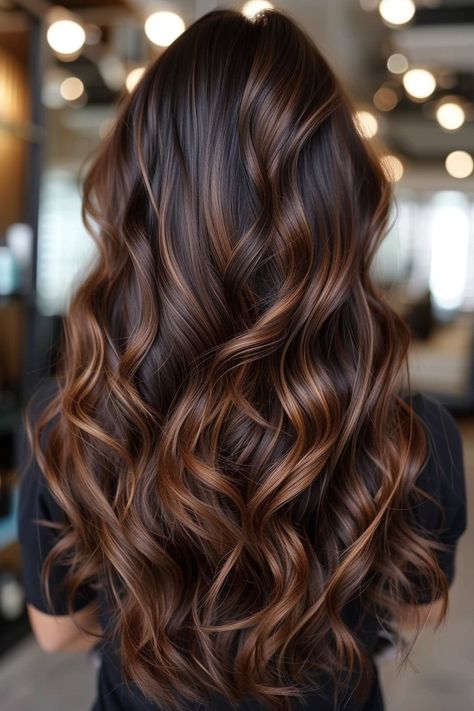Hair Color
Welcome to “Mastering Hair Color,” where we unravel the intricacies of hair coloring techniques, trends, and best practices. Hair color is a powerful tool for self-expression, allowing individuals to transform their look, enhance their natural beauty, and unleash their creativity. In this class, we’ll explore the fundamentals of hair color theory, different coloring techniques, and tips for achieving stunning results while maintaining hair health.
Chapter 1: Understanding Hair Color Theory

1.1 The Science of Hair Color: Hair color is determined by the presence of pigment molecules called melanin within the hair shaft. There are two main types of melanin: eumelanin, which produces brown to black shades, and pheomelanin, which produces red to yellow shades. The combination and concentration of these pigments determine the natural color of an individual’s hair.
1.2 Levels and Tones: Hair color is classified into different levels, ranging from darkest black (level 1) to lightest blonde (level 10). Within each level, there are various undertones, including warm (red, orange, yellow) and cool (blue, green, violet). Understanding levels and tones is essential for achieving desired hair color results and correcting any unwanted undertones.
1.3 The Color Wheel: The color wheel is a valuable tool in hair coloring, helping hairstylists identify complementary and contrasting colors for achieving desired effects. Understanding color theory principles, such as complementary colors canceling each other out and contrasting colors creating visual interest, is key to successful hair coloring.
Chapter 2: Hair Coloring Techniques

2.1 Permanent Hair Color: Permanent hair color penetrates the hair shaft and permanently alters its natural color. It typically contains ammonia and oxidative agents like hydrogen peroxide, which lift the hair cuticle and deposit color molecules deep into the cortex. Permanent hair color is ideal for achieving long-lasting results and covering gray hair.
2.2 Semi-Permanent Hair Color: Semi-permanent hair color coats the hair shaft with color molecules without penetrating the cortex. It does not contain ammonia and typically lasts through several shampoos. Semi-permanent color is ideal for adding temporary color vibrancy, enhancing natural hair color, or experimenting with new shades.
2.3 Balayage: Balayage is a freehand hair coloring technique that creates soft, natural-looking highlights and lowlights. It involves painting color onto sections of hair to achieve a sun-kissed effect with seamless blending. Balayage is versatile and low-maintenance, making it a popular choice for clients seeking a subtle, lived-in look.
Chapter 3: Hair Color Application
3.1 Preparing the Hair: Proper hair preparation is essential for successful hair coloring. This includes clarifying the hair to remove product buildup, performing a strand test to assess color results and compatibility, and protecting the scalp and skin from potential irritation or staining.
3.2 Application Techniques: Different hair coloring techniques require specific application methods to achieve desired results. Whether it’s applying color from roots to ends for all-over coverage, using foils or meche for precise placement of highlights, or blending color seamlessly with balayage, mastering application techniques is crucial for achieving professional-quality results.
3.3 Processing and Timing: Hair color processing time varies depending on the desired color result, hair type, and product used. It’s essential to monitor color development throughout the processing time and adjust accordingly to avoid over-processing or under-processing. Following manufacturer’s instructions and keeping accurate timing ensures consistent and predictable color results.

Chapter 4: Hair Color Maintenance
4.1 Color-safe Hair Care: Proper hair care is essential for maintaining vibrant hair color and preserving hair health. Use color-safe shampoo and conditioner formulated specifically for color-treated hair to prevent fading, dryness, and damage. Avoid harsh chemicals, excessive heat styling, and over-washing, as these can strip color and weaken the hair shaft.
4.2 Regular Touch-ups: To keep hair color looking fresh and vibrant, schedule regular touch-up appointments with your hairstylist. This ensures seamless color continuity and prevents roots from becoming too noticeable. The frequency of touch-ups depends on factors such as hair growth rate, desired color longevity, and maintenance routine.
4.3 Color Refreshers and Glosses: In between salon visits, consider using color-refreshing products like color-depositing shampoos, conditioners, or glosses to revive color vibrancy and add shine. These products help maintain color intensity and extend the time between salon appointments, keeping hair looking salon-fresh for longer.
Chapter 5: Tips for Successful Hair Coloring
5.1 Consultation and Communication: Effective communication between hairstylist and client is essential for successful hair coloring. Conduct thorough consultations to understand the client’s hair history, desired color goals, and lifestyle preferences. Discuss realistic expectations, hair color options, and maintenance requirements to ensure a satisfying color experience.
5.2 Customization and Personalization: Every client’s hair is unique, requiring a customized approach to color formulation and application. Consider factors such as skin tone, eye color, natural hair color, and lifestyle when recommending hair color options. Tailor color techniques and shades to enhance each client’s individual features and personality.


